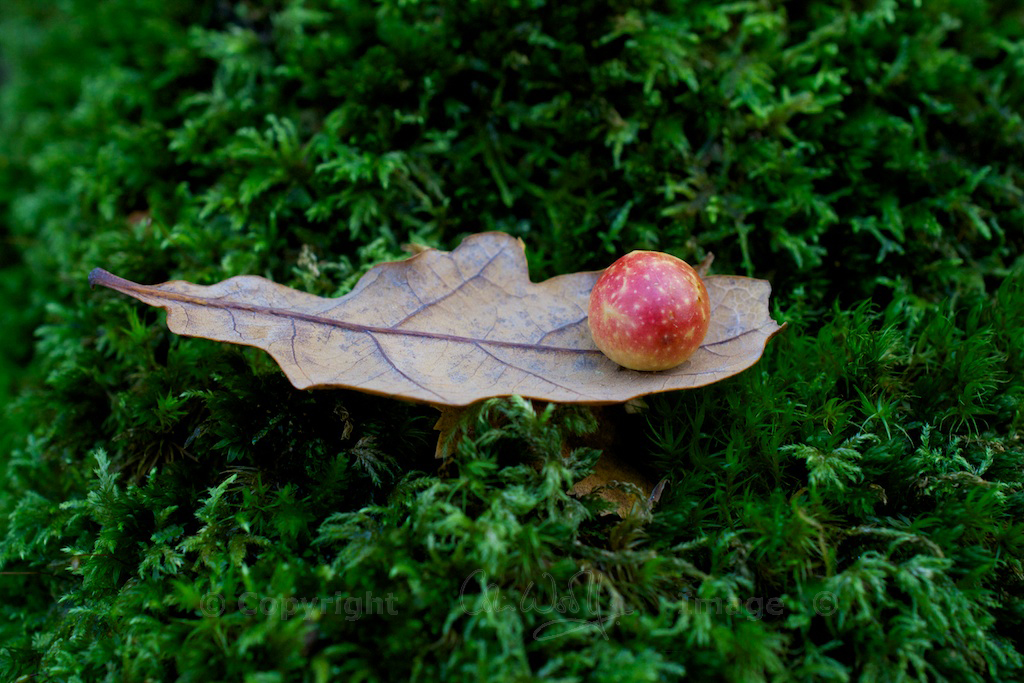
Cherry galls on oak leaves
If you’re walking through an oak woodland this autumn, you might be lucky enough to come across a fallen leaf with a fascinating decoration on its underside.
 This isn’t, as it first appears, a berry that has just dropped there by accident; it is a cherry gall, caused by a small black gall wasp that rejoices in the name of Cynips quercusfolii.
This isn’t, as it first appears, a berry that has just dropped there by accident; it is a cherry gall, caused by a small black gall wasp that rejoices in the name of Cynips quercusfolii.

The wasp (I hope she won’t mind the familiarity, because her name is a bit cumbersome) is a complete specialist in the exploitation of oak trees. I didn’t realise that, in fact, there are hundreds of species of gall wasps, each with its own unique adaptation and life cycle.
What happens is that the female wasp simply lays an egg on the leaf while it is still growing on the tree. Other species of gall wasps might lay eggs on the trunk, the twigs, or in the roots. All she then has to do is wait, because either the egg or the larvae will exude a special cocktail of chemicals that stimulate the cells of the tree in a way that is as sinister as it is intriguing. The host leaf is forced to grow an alien structure around the egg: depending on the wasp species, this may be a perfect apple-like sphere, such as the cherry gall shown above; it may be a flattened, speckled disc like a tiny fried egg; or a fuzzy mass of tangled strands resembling cotton wool.
Cherry galls measure about half an inch in diameter, and they are succulent, because they contain all the food necessary to support the larva as it matures. Safely tucked inside, the grub will emerge as an adult wasp during the winter; the only danger it faces is that of a hungry pigeon pecking at the walls of its home in search of the juicy centre. Later, the gall will harden and darken to become a tough brown ball like a marble.
A similar-looking structure, known as the oak apple gall, is caused by the wasp Biorhiza pallida, which lays its eggs in oak twigs. But galls are by no means restricted to oak trees – in a huge variety of forms, they are found on just about every species of plant life, from nettles to juniper, and they can be caused by wasps, flies, midges or even fungi (it is the Witch’s Broom Fungus which causes dense twig-like growths resembling birds’ nests on birch trees). If you want to find out more, the website Trees for Life has some fascinating information on their life cycles and specialities.
Ruthless exploitation… or clever management of resources? It’s all going on above our heads and beneath our feet!
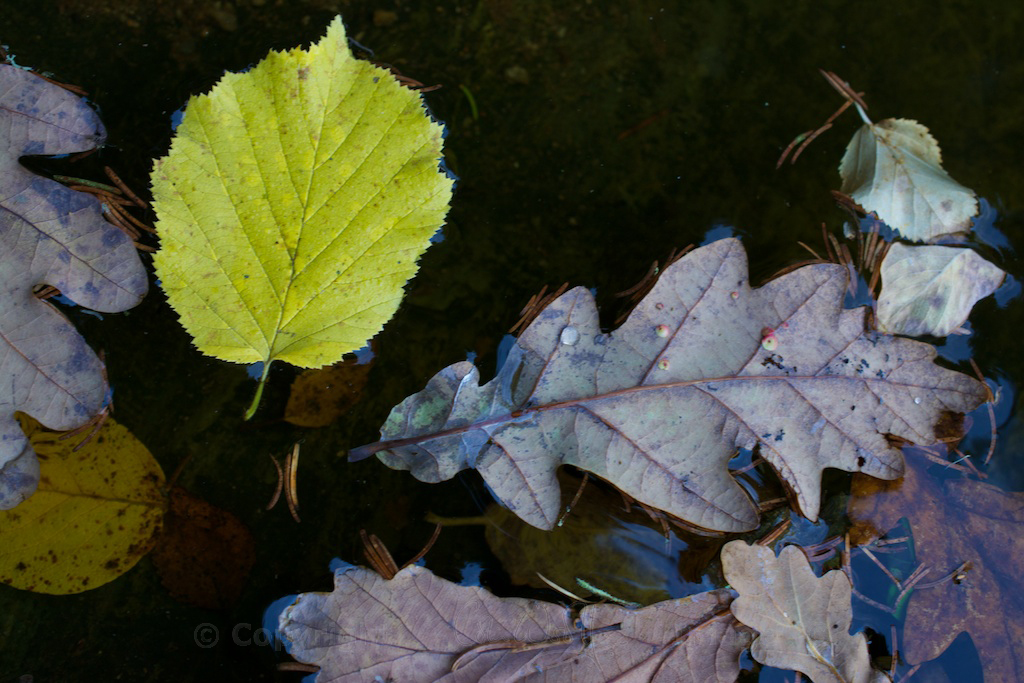 The oak leaf on the right is spangled with tiny galls
The oak leaf on the right is spangled with tiny galls
Sources:
Main photos copyright © Colin Woolf
You might also like to read ‘The Wisdom of the Oak‘, another feature on The Hazel Tree…

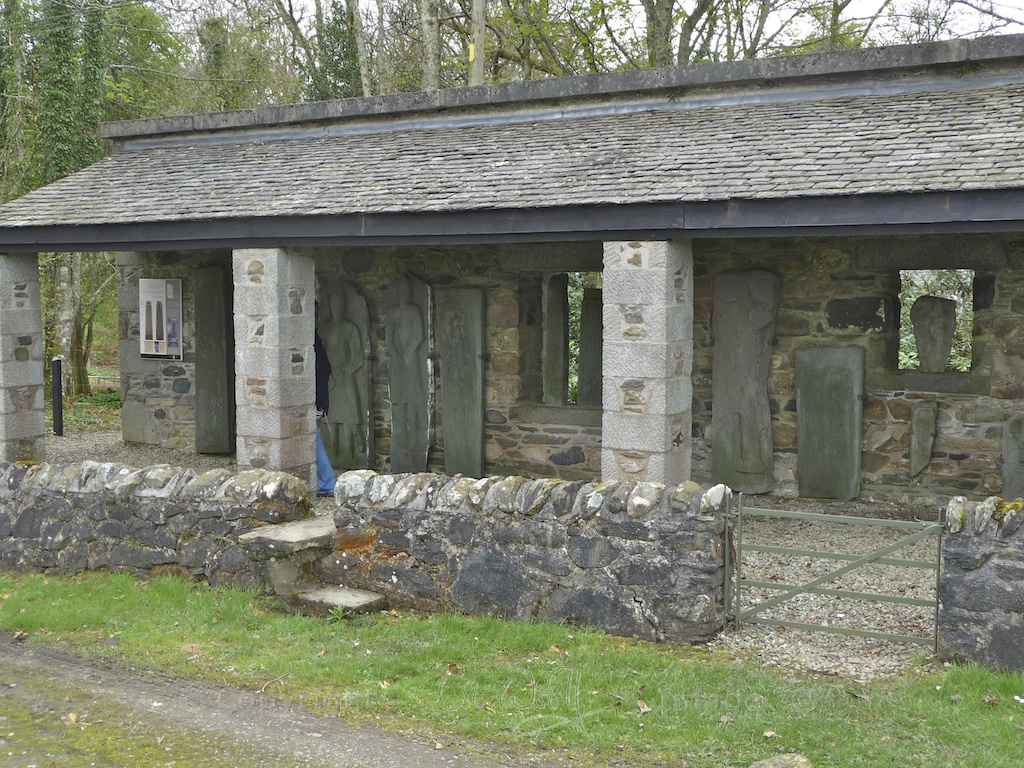

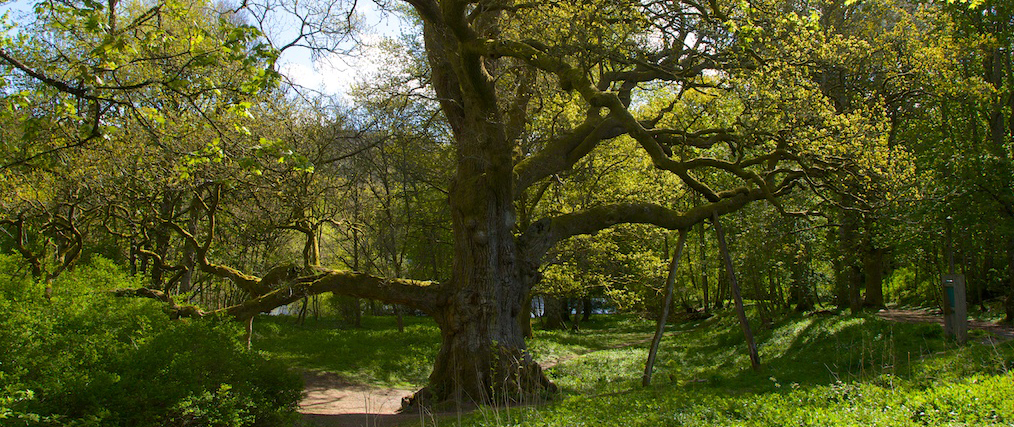
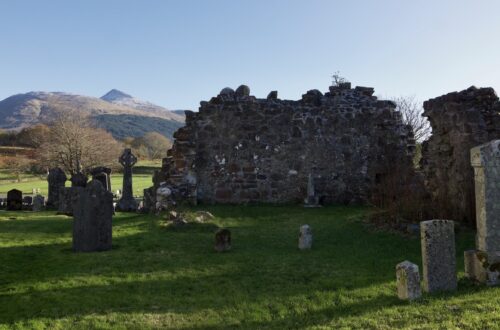
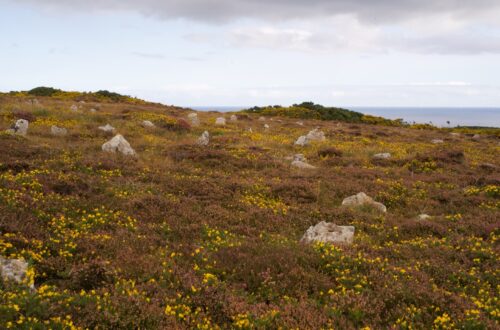
17 Comments
Carmen Mandel
No I know what these are!. Great article, Jo.
Jo Woolf
Thank you, Carmen! I enjoyed finding out about these too.
Carmen Mandel
Almost ate them! 🙂
Jo Woolf
Eeeek, lucky escape! 🙂
Carmen Mandel
Indeed!!!
ordinarygood
That is so interesting Jo. Now of course I need to search out whether we have such things “down under”. Cynips is quite a name to live up to!
Jo Woolf
I wonder if you do! Yes, Cynips sounds quite dashing! 🙂 Kind of a cross between a Greek god and a hairdresser.
Ash
This is fascinating & just goes to show how wonderful & varied the natural world is, & you’re only looking at a leaf! Isn’t nature & our earth just amazing!
Jo Woolf
Thank you, Ash. Yes, nature is truly amazing! You could spend ages just examining a small patch of woodland.
tearoomdelights
Isn’t astonishing all the things we miss? Not that you miss them, and you’ve very helpfully alerted us to these particular curiosities. I was wondering about those nest like things just the other day but I didn’t know they were due to the Witch’s Broom fungus. That first photograph is lovely, it looks very Christmassy. I’ll be paying more attention to oak leaves from now on.
Jo Woolf
It certainly is astonishing – I must admit that sometimes I would overlook them if it wasn’t for Colin, who loves all these little details! I love that photo too, the tiny gall is just so perfect, like a Christmas decoration, as you say! I’m glad you enjoyed finding out about them – I had no idea there were so many of these galling little wasps!
dancingbeastie
Fascinating. I have never seen one, and I thought I paid close attention to trees! The first photo is delightful.
Jo Woolf
Isn’t it lovely?! So perfect, yet so sinister (for the oak, anyway!)
Watching Seasons
I grew up seeing Oak Galls in the park near my home and always wondered what they were- nature is endlessly interesting!
Jo Woolf
I know – they are so perfect and beautiful! I had no idea there were so many varieties. As you say, nature really is wonderful.
Graham
Nice article. I knew about oak apples but these cherry galls are soft and really look like a fruit. My samples are bigger, 0.8 inches, and have small holes where presumably the insect crawled out.
Jo Woolf
Thank you, Graham. I have one like that, too, which has been going around in my pocket for years. I imagine it might be a gall that formed on a woodier part of the tree. There is a lot about oak galls that I still don’t know!